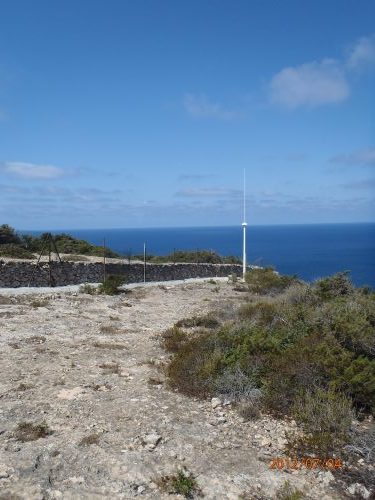High Frequency Radar (HFR) technology offers a unique insight to coastal ocean variability by providing high-resolution data at the interface between ocean and atmosphere. HFR data measure currents with a relatively wide spatial coverage and high spatio-temporal resolution in near real time making them valuable operational oceanographic tools. In Europe, the use of HFR systems is growing with over 60 HF radars currently deployed and a number in the planning stage. The EuroGOOS HFR Task Team is working towards the coordination of existing HFR systems to increase their efficiency, enhance data sharing and applications, as well as better plan the system evolution.
To this end, the EuroGOOS HFR Task Team in close collaboration with the JERICO-Next and the INCREASE CMEMS Service Evolution projects, has launched a European survey to diagnose the present status of different HFR systems available in Europe. The survey takes less than 15 minutes to fill and is tailored for HFR and other observing networks.
The post High Frequency Radars – European survey appeared first on EuroGOOS.


















